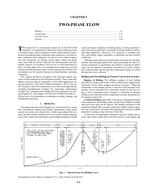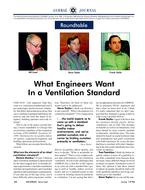Modern office buildings with extensive areas of windows have become very popular in Hungary. One of these six-story buildings, which has 45% window area, has begun exhibiting problems of thermal comfort. In order to understand the problems of the building, a university in Budapest has studied thermal comfort on the premises. Measurements included internal parameters of the microclimate, values for predicted mean vote and percentage of people dissatisfied with the thermal comfort (PMV-PDD values), and questionnaires regarding subjective responses to thermal comfort. Results of the questionnaire survey show that 21% of those interviewed felt warm, whereas 47% felt cold. The small extent of warmth sensation is due to the 66% of the employees whose typical workstations were near the windows while PMV measurements were taken. The results of the study show that operative temperature should be used as the basis of design and operation rather than air temperature. If there is a larger window area, thermal comfort can be provided by increased air temperature, radiant heat gain, or better Icl clothing values. This paper also deals with the measuring of these values.
Paper from IAQ 1997 — Design, Construction, and Operation of Healthy Buildings: Solutions to Global and Regional Concerns
Citation: IAQ Conference: IAQ 97
Product Details
- Published:
- 1997
- Number of Pages:
- 5
- File Size:
- 1 file , 400 KB
- Product Code(s):
- D-25153


